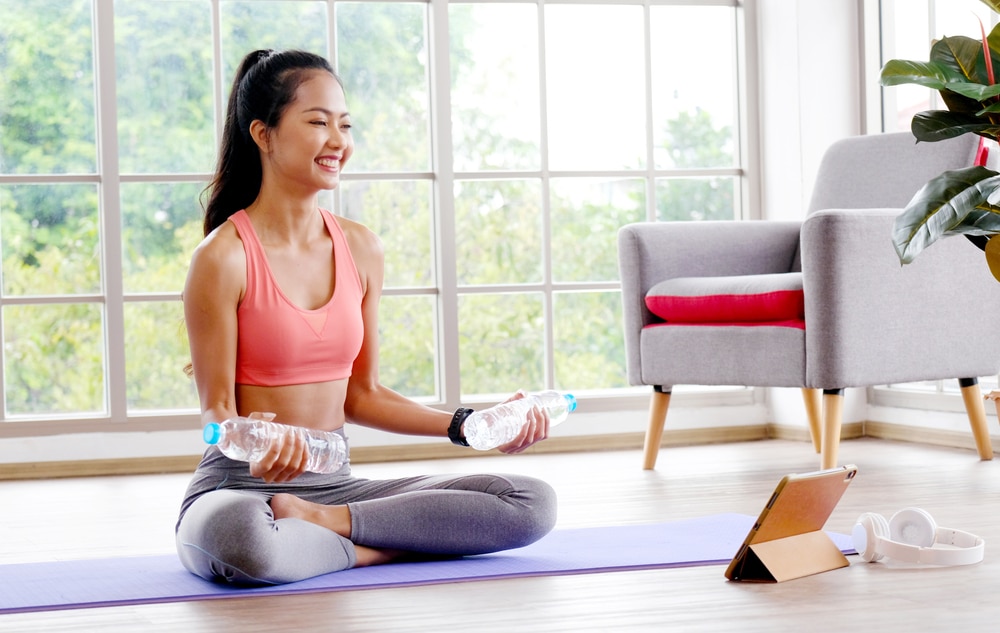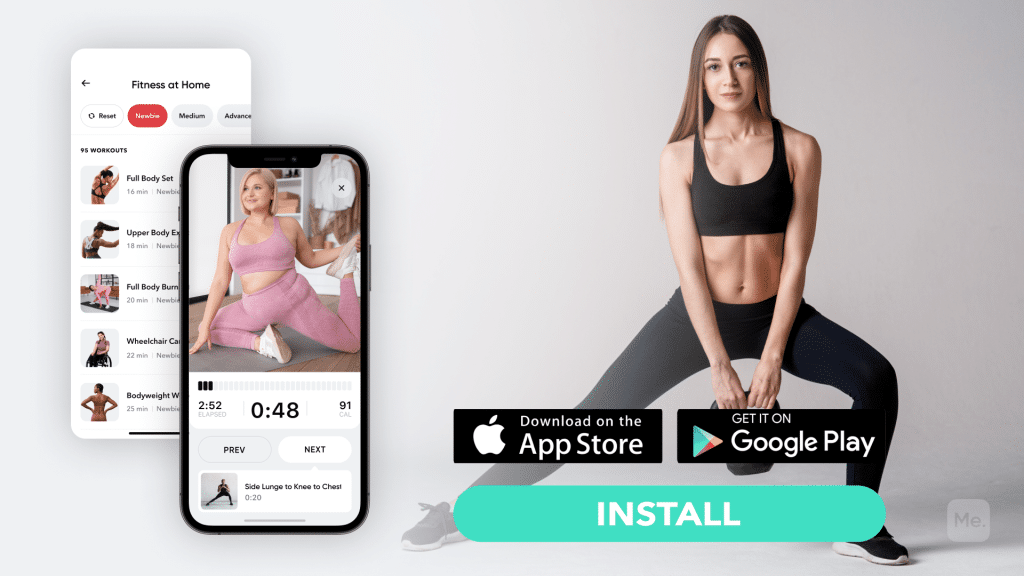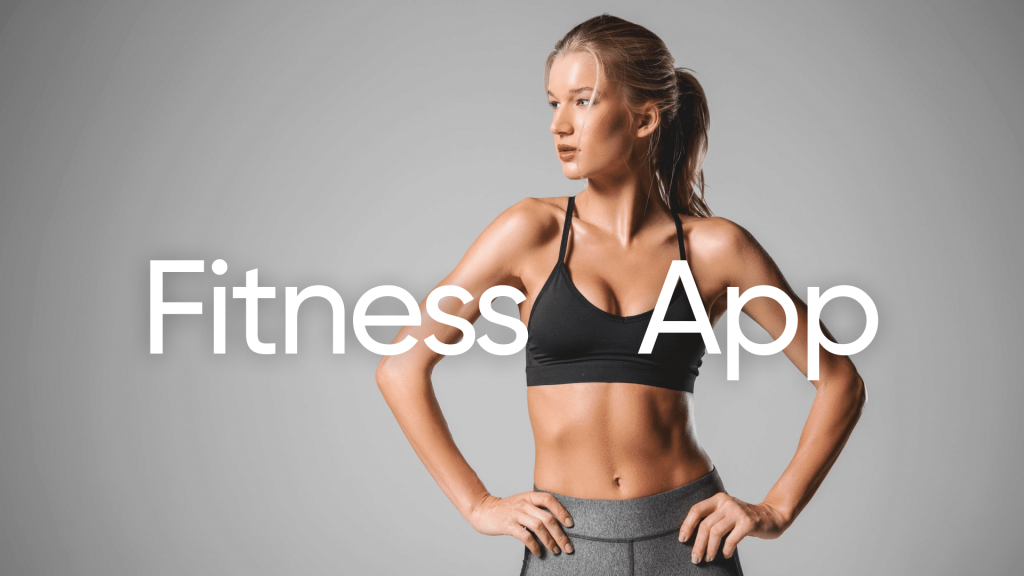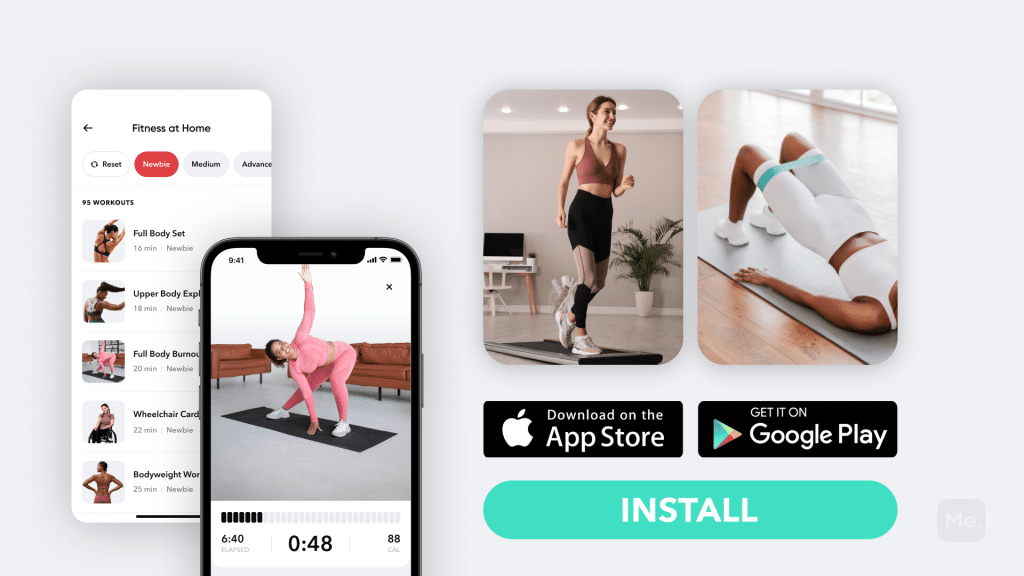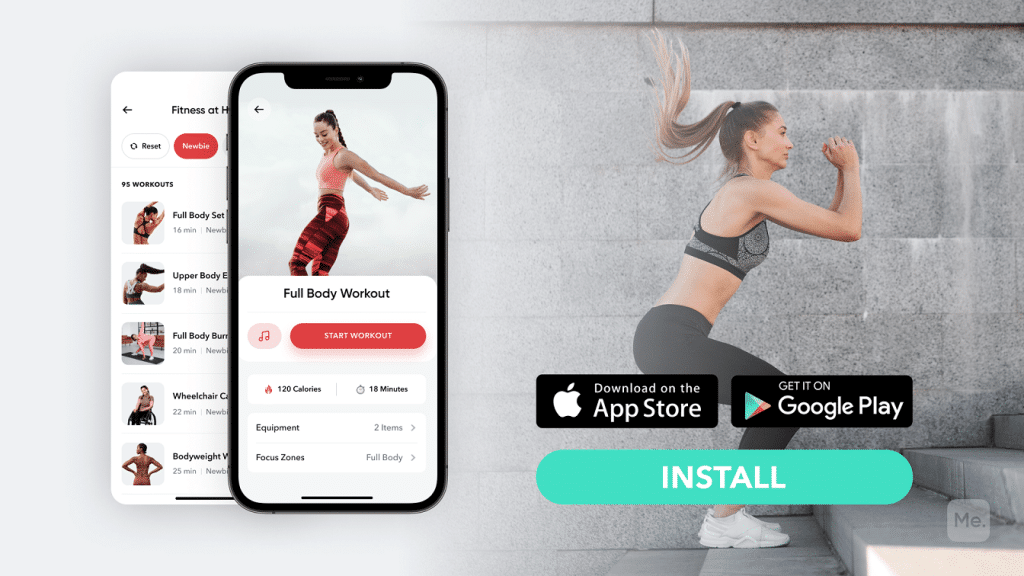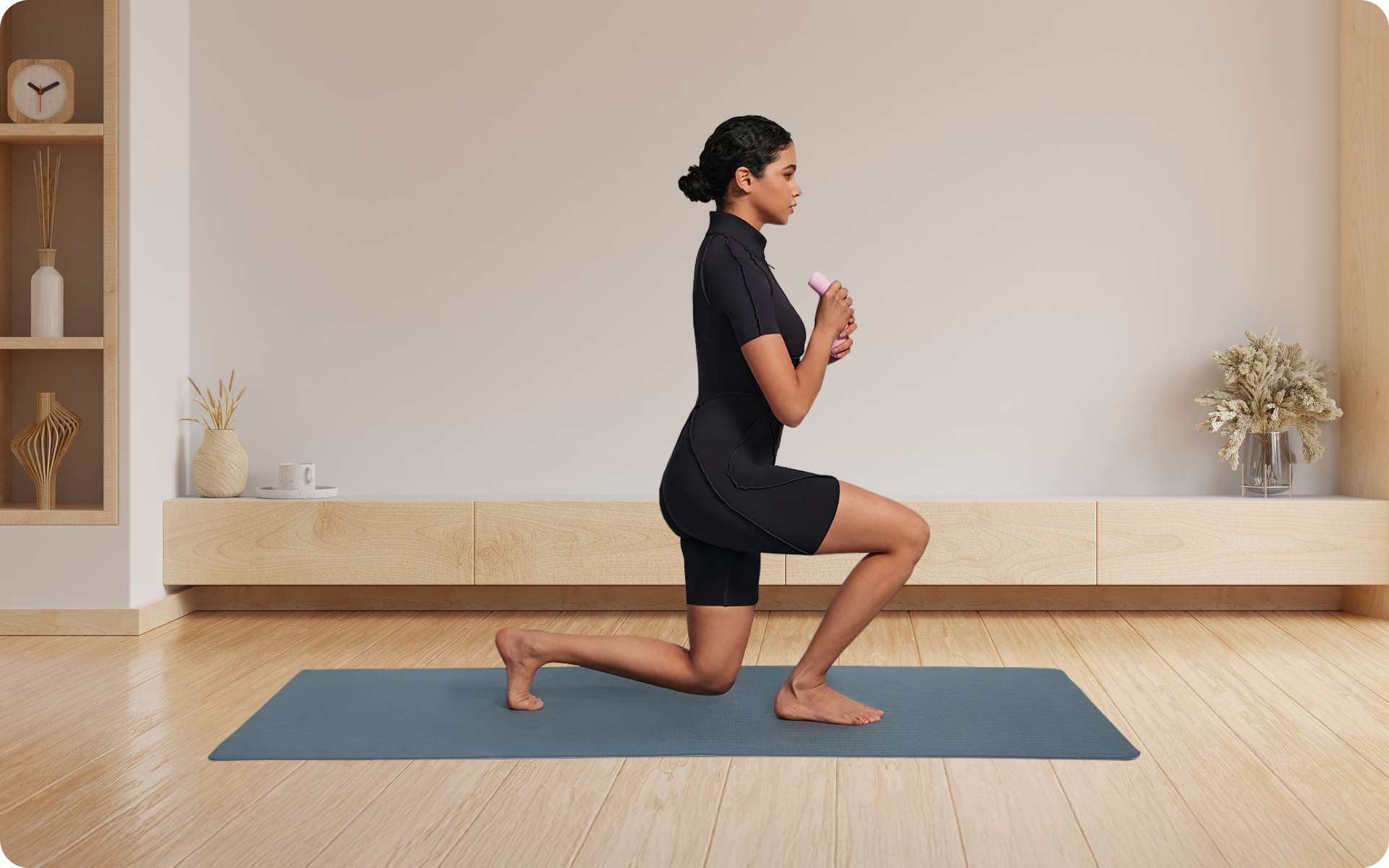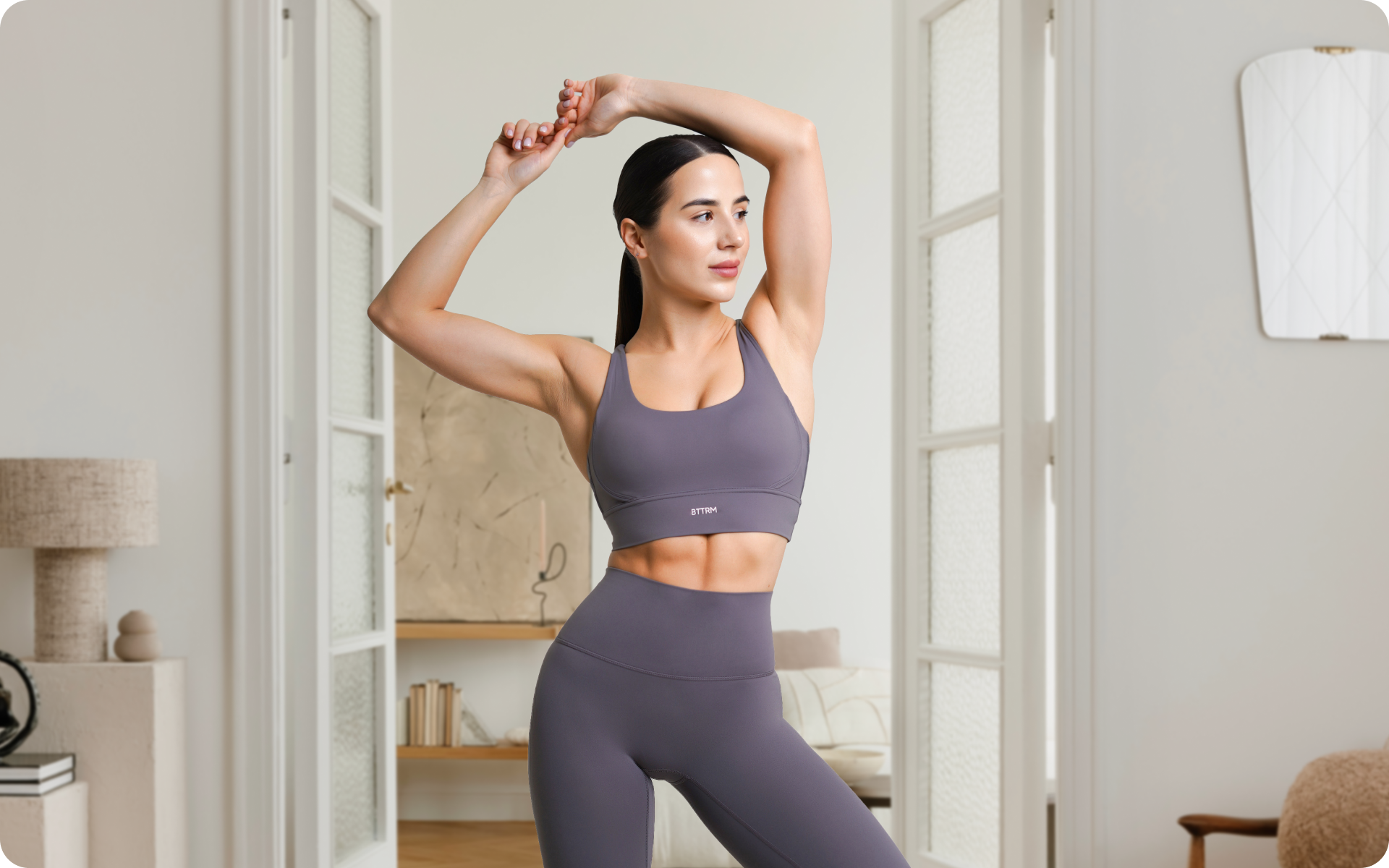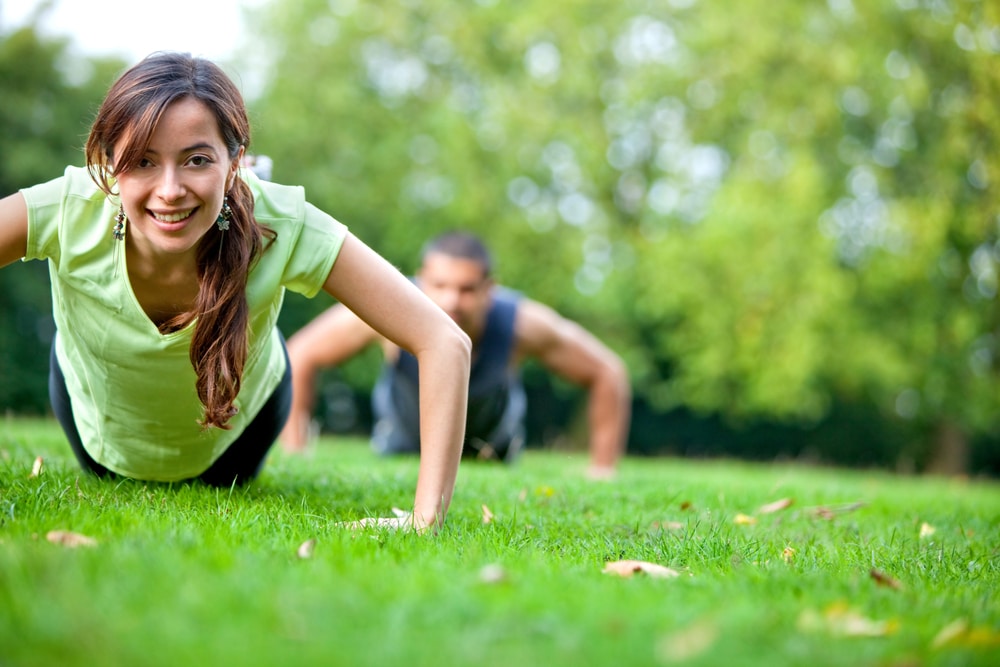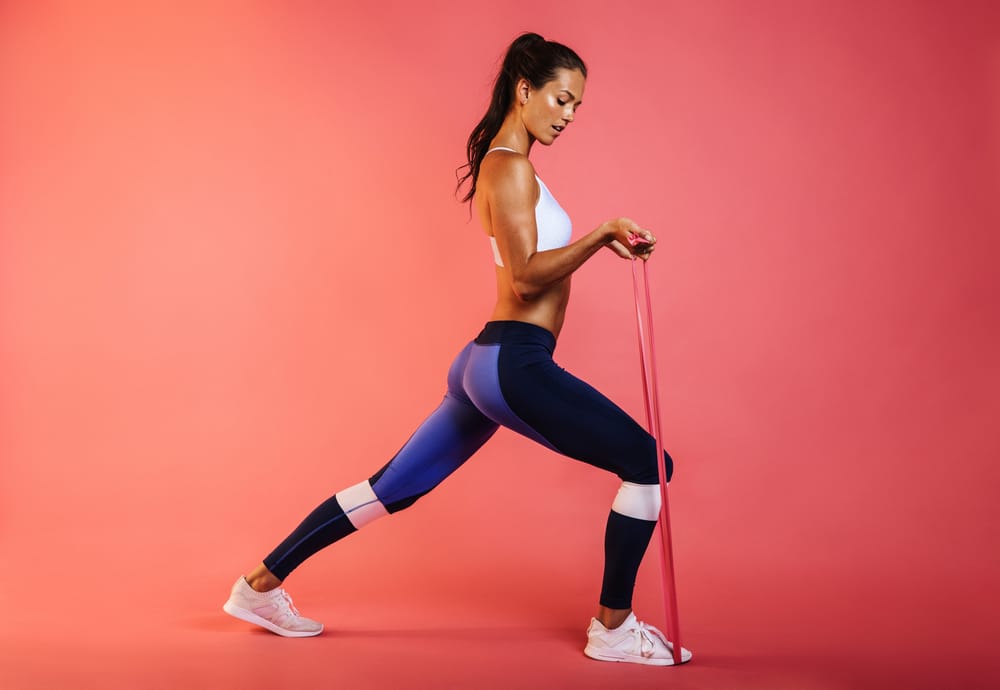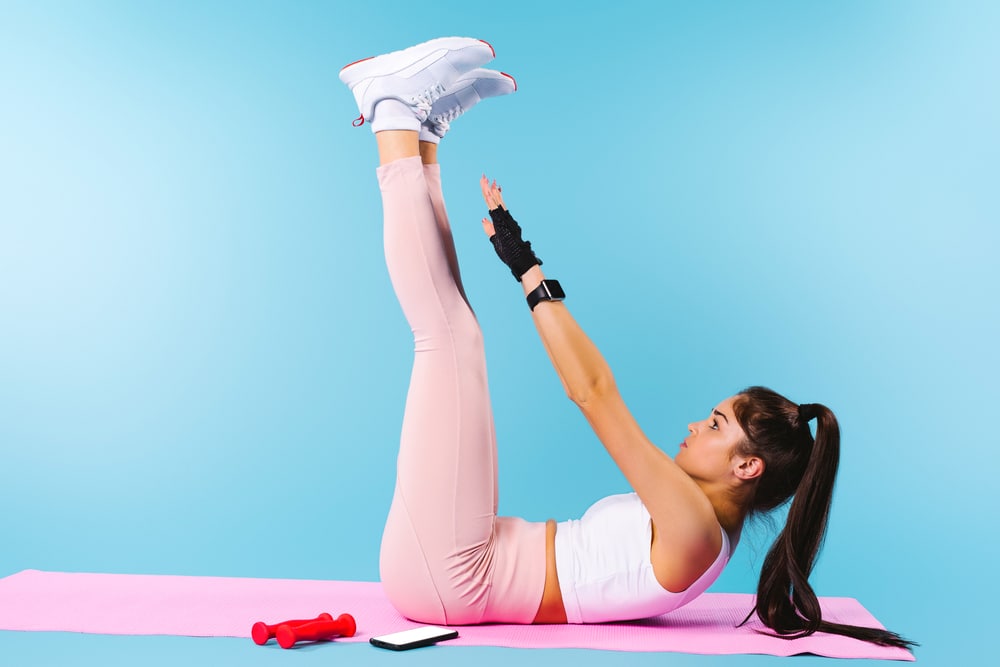There is no such thing as the “perfect” piece of fitness equipment. Different types of equipment are created to help people accomplish various goals. For those who are interested in increasing lean muscle or developing strength, there are a plethora of possibilities. Traditional weight machinery, barbells, and dumbbells, as well as a wide range of specialized equipment such as kettlebells, medicine balls, sandbags, and even huge tires are all options. Dumbbells can be utilized for a variety of exercises that work multiple muscle groups in the body. There are several distinct workouts you may do, and the weight can quickly be changed to fit your needs. Dumbbells are especially efficient since they engage not only the primary muscles but also secondary, stabilizing muscles. This article will explore the potential health benefits of using dumbbells, suggest appropriate dumbbell exercises and give tips for getting the most out of your 4-day dumbbell workout session.
Get your personalized
meal plan!
What Are Dumbbells And How Do They Work?
A dumbbell is a small weight that can be held in one hand. Dumbbells are the most basic type of free weights since they don’t come attached to any fixed or moving parts. The weighted part of all dumbbells, both bar-shaped and rounded, spins freely around a central axis (the handle).
Dumbbells come in various sizes and weights, from 1 pounds to over 100 pounds. Dumbbells are frequently utilized in joint-isolating exercises such as biceps curls, chest flies, or shoulder raises. Dumbbells may, however, provide a wide variety of strength outcomes when used for full-body multiplanar exercises. Using them for such movements also has advantages for cardiorespiratory fitness and flexibility.
Read More: 5-Day Dumbell Workout Split For Building Lean Muscle Mass
4-Day Split Dumbbell Workout
The 4 day split dumbbell workout is a weight training program that divides the training sessions by body regions. You get to choose when your rest days are, provided you work out a total of 4 days each week. This workout can be done at the gym, or simplified into an at home dumbbell workout 4 day split.
- Day 1 – Chest and triceps
- Day 2 – Back and biceps
- Day 3 – Legs
- Day 4 – Shoulders and Abs
Dumbbell Exercises For All Muscle Groups
The exercises you include in your 4 day split workout will largely depend on your fitness level and preference. Here are the most common dumbbell exercises grouped according to the muscles they work
Chest And Triceps
- Dumbbell bench press (flat and incline)
- Dumbbell fly (flat, incline, standing, and upward)
- Dumbbell squeeze press
- Dumbbell pullover
Back And Biceps
- Dumbbell One Arm Pullover
- Dumbbell Incline Bench Two Arm Row
- Dumbbell Rowing
- Dumbbell Reverse Fly
- Lying DB Pull inward
- DB Alternate Bicep curl
- Dumbbell Hammer Curl
- Dumbbell Crossover Curl
Legs
- Dumbbell Lunges
- Dumbbell Standing Calf Raise
- Dumbbell Squat
- Dumbbell Seated One Leg Calf Raise
- Dumbbell Step Ups
- Shoulder and Abs
- Dumbbell Shoulder Shrug
- Dumbbell Cuban Press
- Dumbbell Seated Dublin Press
- Dumbbell Wood Chop
- Dumbbell Side Bend
- DB Side Plank
- Lying DB Leg Raises
Whether you’re looking to simply pep up your fitness routine, jazz up your diet with mouth-watering low-calorie recipes or want to get your act together and significantly drop that number on your scale – BetterMe app has got you covered! Improve your body and revamp your life with us!
Benefits Of Training With Dumbbells
According to the American Council on Exercise, there are five main benefits of using dumbbells:
Providing Mechanic And Metabolic Overload
Dumbbells are excellent for providing both mechanic and metabolic overload. Mechanic overload can be defined as exercising a muscle beyond its normal range of motion, while metabolic overload can be defined as increasing the demand placed on a muscle’s energy systems. Dumbbell exercises frequently challenge and stretch muscles past their normal ranges by forcing them to stabilize heavy weights while being moved through several planes of motion.
Possessing Variable Resistance
As with any free weight, dumbbells provide variable resistance that challenges muscles in different ways throughout the range of motion. The closer you get to the end of an exercise’s range of motion, the more resistance you receive from the weight of your hand-held dumbbells (as gravity pulls down on them). The more the weight is lifted away from the body, however, the less resistance you receive.
Exercising More Than One Muscle Group At A Time
Dumbbells allow for multiplanar movement patterns and simultaneous engagement of multiple muscle groups. This can facilitate comprehensive whole-body workouts in which several muscles are exercised within one set time period. Using dumbbells for free-weight exercises such as chest presses or squats is a great example of how to work more than one muscle group during an exercise. Since you hold weights in each hand, your upper and lower body must work together to control them against gravity while performing compound movements.
Improving Joint Stability
Performing exercises with dumbbells requires a type of isometric action called static contraction, meaning your muscles must remain active to keep from dropping the weight. This action works to increase joint stability and muscle activation around the joint being worked. For example, during a biceps curl or shoulder press where you are holding the dumbbells at your sides, it is easy to let them droop forward or backward in order to take stress off certain muscles. However, keeping your abdominals contracted will allow for better stabilization while also strengthening them—improving overall core strength and stability.
Improving Functional Strength
Free-weight movements integrated into an exercise program can help improve functional strength by reintegrating more natural patterns of movement such as pushing, pulling, lunging, squatting and rotating. They allow for a wide variety of exercises that can mimic or even replace movements people may encounter in their daily lives. Plus, by using dumbbells you can easily adjust the difficulty of an exercise to meet your needs. As far as functional strength is concerned, it is best when the exercises used involve large muscle groups and require more than one joint at a time.
Read More: Dumbbell Arm Workout: Adding Some Weights Might Just Be The Game-Changer You Need!
Tips For Choosing Dumbbells
When choosing dumbbells there are certain factors to consider such as how much weight you will need (start with lighter weights if you are new to working out), how many pounds per hand and whether or not the weights are fixed or adjustable. You’ll have to choose between two types of dumbbells:
- Fixed: A set of these provide a pair of equal-sized dumbbells that can’t be changed in size or weight. They are the most durable but tend to cost a bit more than adjustable dumbbells.
- Adjustable: If you know you will need different weights throughout your workout, these may be for you as they allow you to easily adjust what’s being lifted every time it is used. You can change the amount of weight by adding or removing plates on each handle. These are more economical and lightweight, however, they often lack durability and ease of adjusting during a workout session.
It’s easy to get overwhelmed by the variety of weights available, so before you go shopping take some time to plan out a set-up that will work for your specific needs.
How To Build Muscle With Dumbbells
Once you’ve chosen your dumbbells, here are some tips to help you get the most out of each workout:
Warm Up And Cool Down
As with any working out it is important to warm up before starting and cool down when finished. Try using a 5-10 minute cardio warm up prior to lifting weights or do only a light warm up if weightlifting. A 5-10 minute light cardio cool down is recommended after your exercise routine.
Use An Appropriate Weight
Always choose a set of dumbbells that will meet your needs without putting you at risk of injury. A weight that is too light can cause you to rely on momentum rather than the muscles themselves, and a weight that is too heavy can place stress not only on the muscles, but also on your joints.
If you’re just starting out , use the lightest dumbbell and progress slowly. If you’re a beginner and using dumbbells for the first time, start with 2-5 lbs in each hand and rest for 30 seconds between sets.
Use Proper Form And Technique
It is important to know how to properly assume and perform each exercise position. For example, when lying on a bench press, your head should be lined up with the middle of the bar. While performing dumbbell rows keep your knees bent and lift with your legs—not with your back, this will help distribute weight more evenly reducing strain on your back muscles.
Always think about what muscle group is being worked and match your movements with that part of the body. It’s easy to let momentum take over if you’re not sure exactly which muscles are involved, so make sure it’s clear which movements are targeting which areas.
Be mindful of your posture at all times. Moving from one exercise to the next without proper stability can lead to injury, so be mindful of your posture throughout your workout session.
Start With Basic Movements
To help learn how to use dumbbells properly, start with some basic movements first such as bicep curls, triceps extensions and overhead presses.
Just as with any new routine, give it time to become second nature before attempting to take on more advanced movements. Remember that the body needs time to adjust and adapt.
Once you’ve mastered your form and technique, opt for full-body exercises such as bench presses, bicep curls, overhead presses and squats—don’t limit yourself to isolating muscles with dumbbells or machines.
If you struggle to even flirt with the idea of giving up your favorite foods or working out till your legs give way – BetterMe app is here to breathe a fresh perspective into the way you view the weight loss process! Check out the app and experience the fun side of fitness and dieting with BetterMe!
Engage Your Core Throughout Your Workout
Your core is a key factor in proper body mechanics while working out and should be engaged throughout your workout.
To engage your core, think about the muscles included in that area: your abdominals, obliques, lower back and spine stabilizers. These muscles are responsible for posture and stabilization, so it’s important to include them with every movement you make.
If you’re not sure what part of the core is being used, try tightening that specific muscle group (e.g., tighten your abs when lifting overhead), hold for five seconds and then release.
Rest Between Sets
Typically rest 30 seconds between sets or less if necessary. This time allows you to catch your breath while giving enough time for lactic acid to dissipate from working muscles, which reduces muscle soreness after a workout session. In order for muscles to recover they need oxygen so get lots of fresh air during workouts. This will reduce joint stress and improve workout safety (1).
The Bottom Line
Dumbbells are versatile pieces of equipment that can be used for full-body workouts. A 4 day dumbbell workout can focus on all muscle groups provided you use proper form and appropriate weights for your fitness level.
DISCLAIMER:
This article is intended for general informational purposes only and does not address individual circumstances. It is not a substitute for professional advice or help and should not be relied on to make decisions of any kind. Any action you take upon the information presented in this article is strictly at your own risk and responsibility!
SOURCES:
- Rest interval between sets in strength training (2009, nih.gov)
